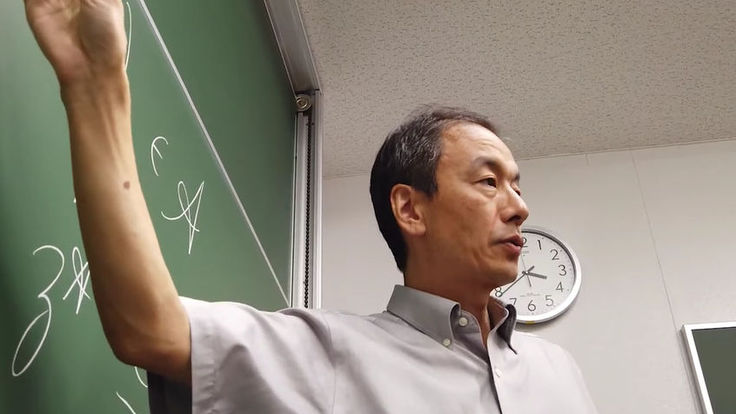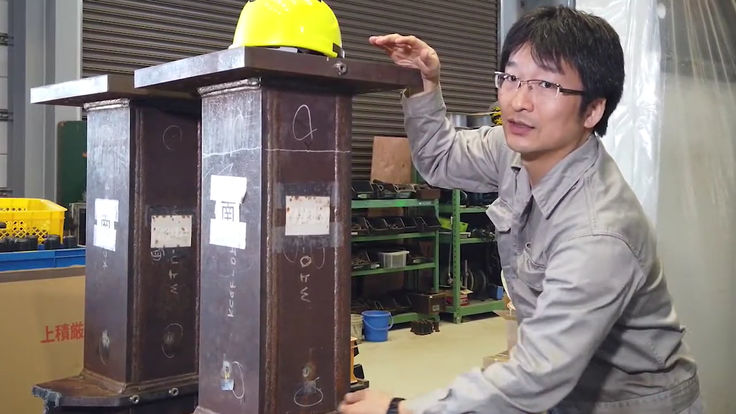Choosing the path of least carbon
with Prof. Shigemi Kagawa
In response to the climate emergency facing the world, Japan has joined numerous other countries in declaring that it will become carbon neutral by 2050. By reducing emissions of carbon dioxide (CO2) and employing strategies to remove it from the air, the goal is to achieve net-zero emission of CO2, thereby mitigating global warming caused by the heat-trapping effect of the gas.
As a midterm goal, the Japanese government announced in April 2021 that, by 2030, it will reduce the nation’s CO2 emissions to levels that are 46% lower than those in 2013, Japan’s highest CO2 production year to date. But with something so tightly linked to our daily lives as carbon emissions, the question becomes how to stimulate efforts to achieve such huge changes.
“Policies are essential for such a massive undertaking,” says Shigemi Kagawa, a professor at Kyushu University’s Faculty of Economics who specializes in industrial economics, environmental economics, and consumer behaviors. “To come up with effective policies, we need to know who is emitting how much CO2 and where.”
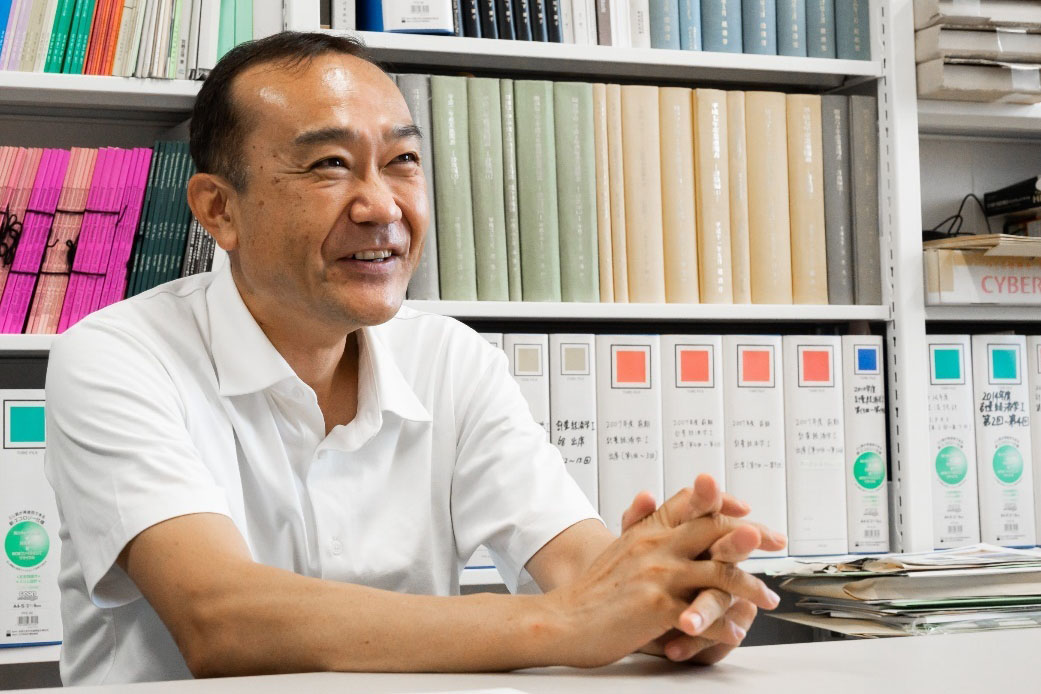
For example, gasoline vehicles are probably one of the first things that come to mind when discussing CO2 emissions. However, emissions from a car go far beyond just the fuel it uses.
“Cars are easy to understand because they are near to the consumer, but a car is a finished product. A vehicle’s CO2 emission also includes its production, from the iron to make individual parts to its assembly in the factory,” says Kagawa. “We also need to consider CO2 emitted from mega containerships that transport them across oceans.”
Through his research, Kagawa has been elucidating these various connections and has introduced an analytical framework that maps supply chains to appropriate subsidies for reducing CO2 emissions.
“U.S. car producers import parts from factories in China, and Chinese factories in turn import iron products from Japan. We need to connect all of these dots spanning the globe to understand how greenhouse gas emissions are embedded into the global supply chain,” Kagawa explains.
According to Kagawa, each industry has supply chains with features that are unique to that industry. Using a model that represents global supply-chain networks, Kagawa’s team distinguished 4,756 significant CO2 clusters within more than 300 million individual supply chains.
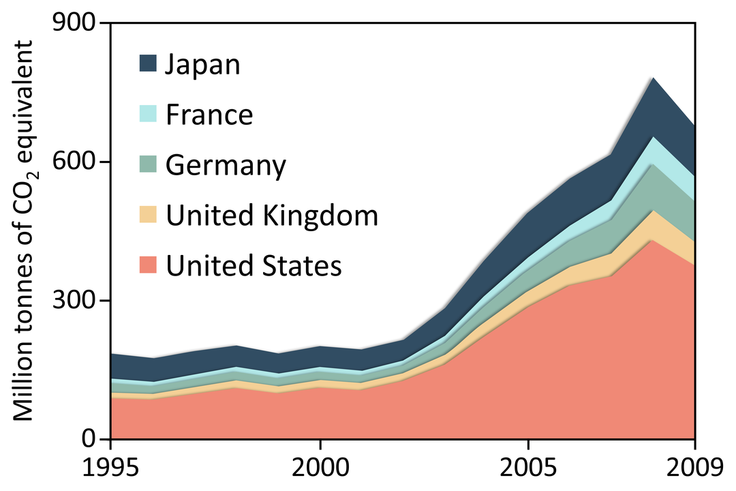
“By targeting these clusters for CO2 emissions reductions, we can make the biggest impact,” says Kagawa.
A key method for stimulating emissions reductions in Japan is subsidies for industries. These include energy-saving subsidies, renewable energy subsidies, and CO2 reduction subsidies, including incentives for changes in supply chains. However, these subsidies are administered by three different ministries—the Ministry of the Environment; the Ministry of Land, Infrastructure, Transport and Tourism (MLIT); and the Ministry of Economy, Trade, and Industry (METI)—which can create confusion as to which is the most appropriate and where to apply.
To help clarify this, Kagawa’s team has devised an analysis framework that points people to the proper resources.
“The location of CO2 emission clusters in a supply chain, such as whether they are concentrated on the production side, consumption side, or in-between, tells us which subsidy will be suitable for the company,” explains Kagawa.
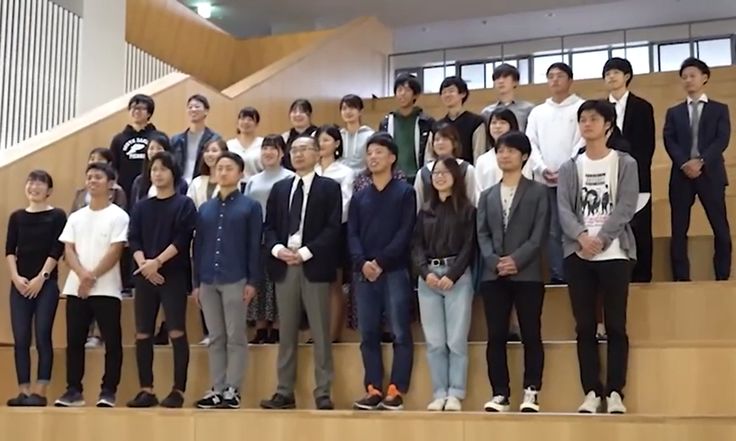
“For example, the bolt industry is situated in the midstream of a supply chain. So, it becomes more a matter of resource procurement and logistics, and such policies should come from MLIT. The steel industry that produces the raw iron for these parts on the other hand will come under the Ministry of the Environment.”
Through such analysis and understanding, Kagawa and his team are using economics to contribute to the achievement of climate goals, one of the most ambitious endeavors ever for society as a whole.
“For us to reach—and, I hope, even surpass—the 46% reduction goal, there needs to be more discussion between every level of the global economy from stakeholders, government, and consumers,” says Kagawa. “We hope to continue providing tools to facilitate this discussion.”


































